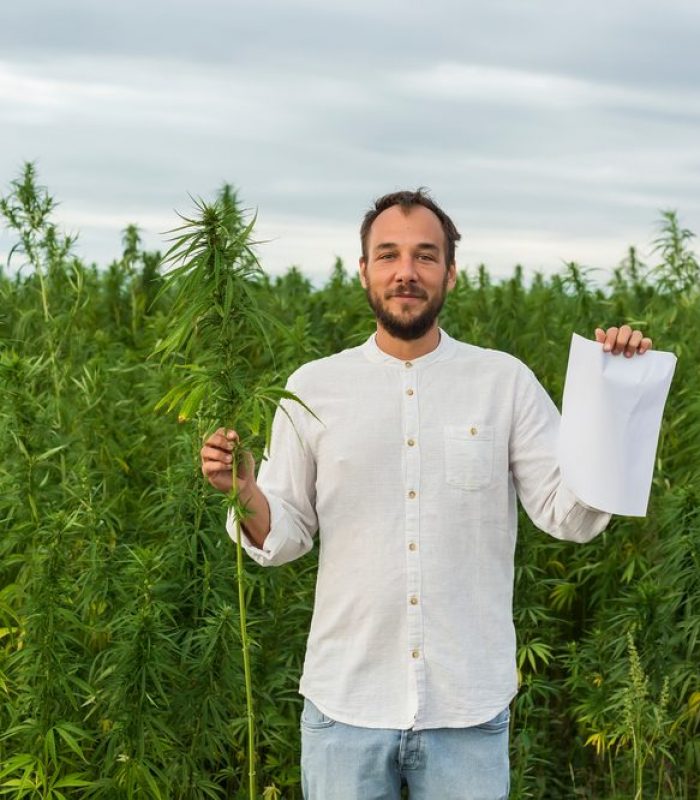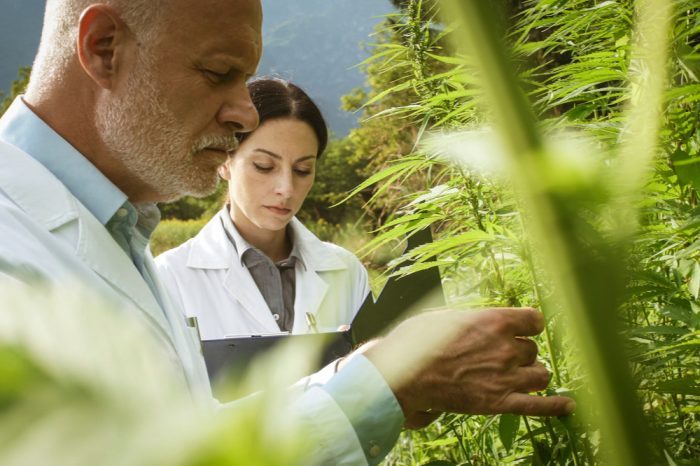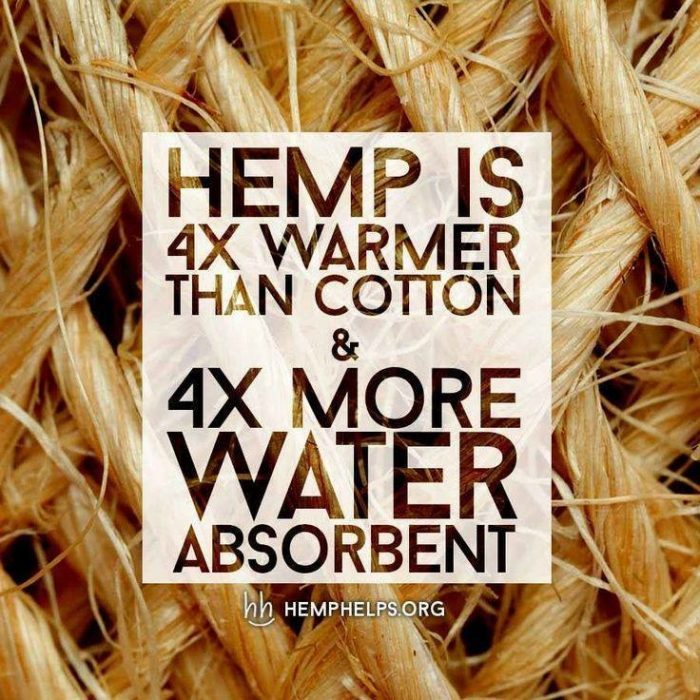Here’s how to grow hemp that’ll be less susceptible to disease, weather, pests, or falling afoul of government regulations.
Between environmental conditions, genetics, and strict government regulations on THC content, the large scale growing of hemp is often financially risky. But, as science unravels the genetic makeup of the plant, here’s what it tells us about how to grow hemp.
Growing hemp is a tricky business. As well as being susceptible to pests, disease, and adverse weather like any other plant, hemp growers must also comply with legal restrictions where hemp must contain less than 0.3% THC.
The variables involved in growing hemp are both genetic and environmental. While genetics play a major role in limiting THC production, so too do environmental factors that include soil composition, light, temperature, humidity, along with exposure to pests and disease. When combined, these issues present any hemp grower with more problems than meet the eye.
How Genetics Influence Hemp Production
The binary legacy of the Indica and Sativa designation limits any modern form of the cannabis plant. Years of interbreeding what were once landrace varieties outside of their natural environments leads to an inability to accurately quantify the effects a given chemovar will illicit.
In what is of particular interest to hemp cultivators, a study published in Nature (1973) attempted to quantify the potential effects more accurately with the formation of three distinct groups. They came up with three chemotypes.[1]SMALL, E., BECKSTEAD, H. Cannabinoid Phenotypes in Cannabis sativa. Nature 245, 147–148 (1973). https://doi.org/10.1038/245147a0
Hemp Chemotypes
- I – THC-dominant with concentrations above 0.3% and low CBD content below 0.5%.
- II – Approximately equal ratios of THC and CBD in moderate concentrations.
- III – CBD-dominant with low THC content and little to no associated intoxication.
Type III is of almost exclusive interest to hemp growers. Basically, this is due to the risk of hemp running hot. This is the common term for hemp that contains over 0.3% THC at the point of harvest.
Researchers from Cornell University attributed much of the hot hemp to genetic variables rather than environmental. They published a study in GCB Bioenergy (2020) discussing their work in developing a rapid molecular genetic assay that could be used to predict the levels of THC production in the plant. This genetic assay allowed researchers to distinguish plants of the three chemotypes via DNA extraction from a leaf sample.[2]Toth, Jacob & Stack, George & Cala, Ali & Carlson, Craig & Wilk, Rebecca & Crawford, Jamie & Viands, Donald & Philippe, Glenn & Smart, Christine & Rose, Jocelyn … Continue reading
Moreover, in a trial with 217 plants across fourteen different hemp varieties, researchers found that 150 complied with the definition of the Type III chemotype mentioned above. This means that sixty-seven plants exhibited THC levels over 0.3%, a disastrous outcome for any farmer.
Further, the rapid genetic assay developed by researchers means that farmers can now detect probable levels of THC and CBD. They can do so by analyzing the leaf tissue of a seedling. This makes early detection possible long before flowering and helps avert hefty losses at later stages.
Detecting Hot Hemp Early
Early detection of underlying genetic issues helps ensure farmers don’t lose substantial acreage if it comes in hot. Authorities show little mercy in such cases. The penalty for hot hemp is the destruction of the entire crop or face prosecution.
What Are The Other Causes of THC Spikes?
Aside from genetics, several other variables can provoke the THC spikes associated with hot hemp. They stem from the climate and environmental conditions to soil biology and represent the complex mix of issues related to growing what was once a wild landrace plant in controlled mass-production conditions.
While some claim that high nitrogen levels in soil contribute to higher THC levels, this theory remains unproven. According to Dr Keith Edmisten from NC State University, high THC levels in hemp primarily appear to be tied to plant stress. In a 2019 article, he brought the conversation of plant stress to the table. Basically, plant stressors include the following.
- under and over-watering,
- unbalanced soil microbiology,
- and pests.
These can all stress the plants in such a way that provokes a THC spike. Many people assume that hemp cultivation is relatively effortless. However, the strict regulations around THC content make things difficult. Basically, they mean that farmers must be on their guard the entire way through the grow cycle.
Hemp is susceptible to disease and pests just like any other plant. Despite advancements in our understanding, the issues associated with hot hemp may relate to a lack of experience in cultivating the plant under such conditions, something that the numbers seem to back up.
A report published by the North Carolina Department of Agriculture and Consumer Services in 2018 asserted that “fourteen out of 135 industrial hemp samples collected by NCDA&CS Plant Industry staff tested above the 0.3% THC limit.” This represents a failure rate of a little over 10% and poses a substantial risk to any farmer with a large hemp plantation.
How to Grow Hemp: Understanding Hemp Genetics
Hemp continues to become a more valuable commodity in the medicinal cannabis market. As it does, advancements in genetics will undoubtedly pave the way for increasing yields that comply with strict THC regulations.
The Cornell University researchers continue their work in studying the genes that control the expression of important traits in hemp. If things go to plan, they may well develop molecular assays that help determine the genes for a variety of features in the hemp plant from disease resistance, major and minor cannabinoid quantities, and the control of further losses due to seed shattering.
With this advanced understanding of hemp biology comes a significant decrease in risk for farmers considering growing hemp for the medicinal cannabis industry. With less financial risk, it also benefits patients with a bountiful supply of quality CBD-rich hemp oil that complies with regulations.
References







